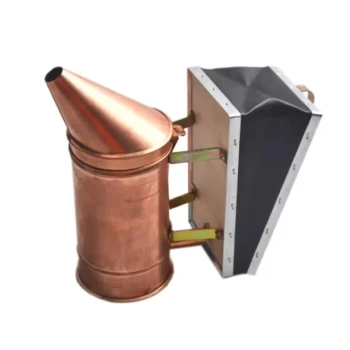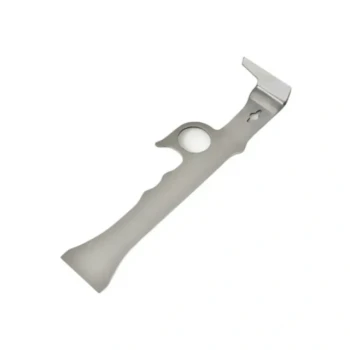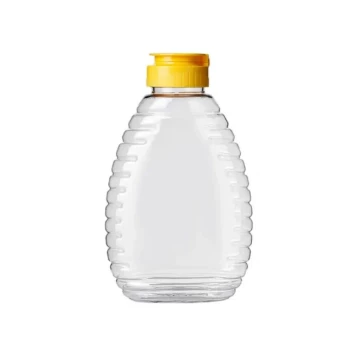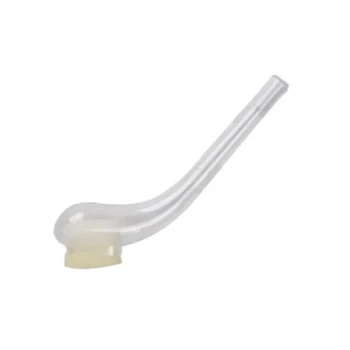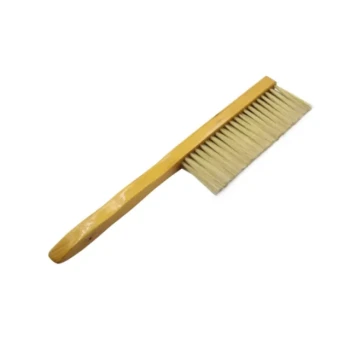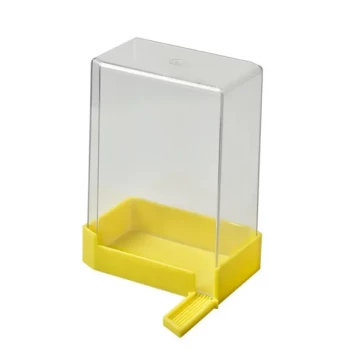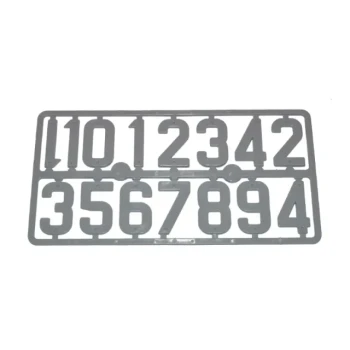When choosing a storage space for your beekeeping equipment, your primary goal is to find a secure, dedicated area that protects it from moisture, pests, and the elements. The most suitable options are often a large closet, a designated section of a garage, or a small shed located near your apiary for easy access.
Your storage strategy is not just about tidiness; it is a critical component of apiary management. Proper storage directly impacts the longevity of your equipment, the health of your bees, and your efficiency as a beekeeper.

The Core Principles of Equipment Storage
Effective storage is fundamentally about control—controlling the environment to protect your investment and your bees. The location you choose is the foundation of that control.
Protection from the Elements
The single greatest threat to wooden hive components is moisture. A damp environment promotes mold, mildew, and wood rot, which can render your equipment unusable.
Your storage space must be dry and shielded from rain and snow. Even indirect exposure, like high humidity in a damp basement, can cause significant damage over a season.
Defense Against Pests
Beekeeping equipment, especially frames with drawn comb or residual honey and pollen, is a magnet for pests. Wax moths can completely destroy valuable drawn comb, and rodents can chew through woodenware.
A secure space with a closable door is essential. Ensure there are no gaps that would allow mice or insects to enter.
Proximity and Accessibility
While a distant barn may seem adequate, its inconvenience can hinder your beekeeping. Carrying heavy hive boxes and supers back and forth is inefficient and discouraging.
Choosing a space close to your apiary—like a garage or a dedicated garden shed—makes management tasks much easier and saves you considerable time and effort.
Organizing for Health and Efficiency
Once you have a location, organization is key. A well-organized space keeps your gear clean, minimizes damage, and makes it easy to find what you need, when you need it.
Group Similar Items Together
Establish specific zones within your storage area. Keep your beekeeping suit, veil, and gloves in one spot to grab them quickly. Designate another area for small hand tools like your hive tool and bee brush.
Stack Hive Components Logically
The most efficient way to store hive bodies, supers, and frames is to stack them vertically. Arrange them just as they would be on a live hive.
This method is space-efficient and makes it intuitive to find the exact component you need for a hive inspection or expansion.
Sanitize Before You Store
Never store dirty equipment. Scrape off any excess wax and propolis before putting gear away for the season.
This simple step makes your equipment ready for immediate use next season, deters pests, and is critical for preventing the spread of diseases like foulbrood.
Common Pitfalls to Avoid
Many beekeepers learn storage lessons the hard way. Being aware of these common mistakes can save you significant time, money, and frustration.
Storing Uncleaned Equipment
Storing frames with honey remnants or uncleaned boxes is an open invitation for pests. Roaches, ants, mice, and wax moths will quickly find and infest dirty gear, creating a mess and potentially spreading disease.
Pre-Installing Wax Foundation
It can be tempting for new beekeepers to assemble frames and install wax foundation far in advance. However, this is a mistake.
Wax foundation is sensitive to temperature changes. If stored for long periods, especially in a space with fluctuating temperatures like a shed or garage, the wax can stretch, sag, and warp, making it unacceptable to the bees.
Making the Right Choice for Your Goal
Your storage approach should align with your primary objectives as a beekeeper.
- If your primary focus is saving money: Proper storage is your best investment, preventing the costly replacement of woodenware and meticulously drawn comb.
- If your primary focus is bee health: Always sanitize equipment before storing it to break disease cycles and ensure a healthy start next season.
- If you are a new beekeeper: Assemble and paint your wooden components early, but wait to install wax foundation until just before you need it.
Ultimately, treating your equipment storage with intention is a hallmark of a thoughtful and successful beekeeper.
Summary Table:
| Key Consideration | Why It Matters | Ideal Solution |
|---|---|---|
| Protection from Elements | Prevents mold, mildew, and wood rot from moisture. | A dry, enclosed space like a garage or shed. |
| Defense Against Pests | Stops wax moths and rodents from destroying equipment. | A secure space with a closable door and no gaps. |
| Proximity & Accessibility | Saves time and effort during hive management. | A location near your apiary for easy access. |
| Sanitization Before Storage | Prevents the spread of disease and deters pests. | Clean all gear of wax, propolis, and honey residues. |
Ready to build a more efficient and productive apiary? Proper storage is just one part of successful beekeeping. At HONESTBEE, we supply durable, high-quality beekeeping supplies and equipment to commercial apiaries and distributors through our wholesale-focused operations. Let us help you protect your investment and support your bee's health with the right gear. Contact our team today to discuss your wholesale needs and elevate your beekeeping operation.
Visual Guide
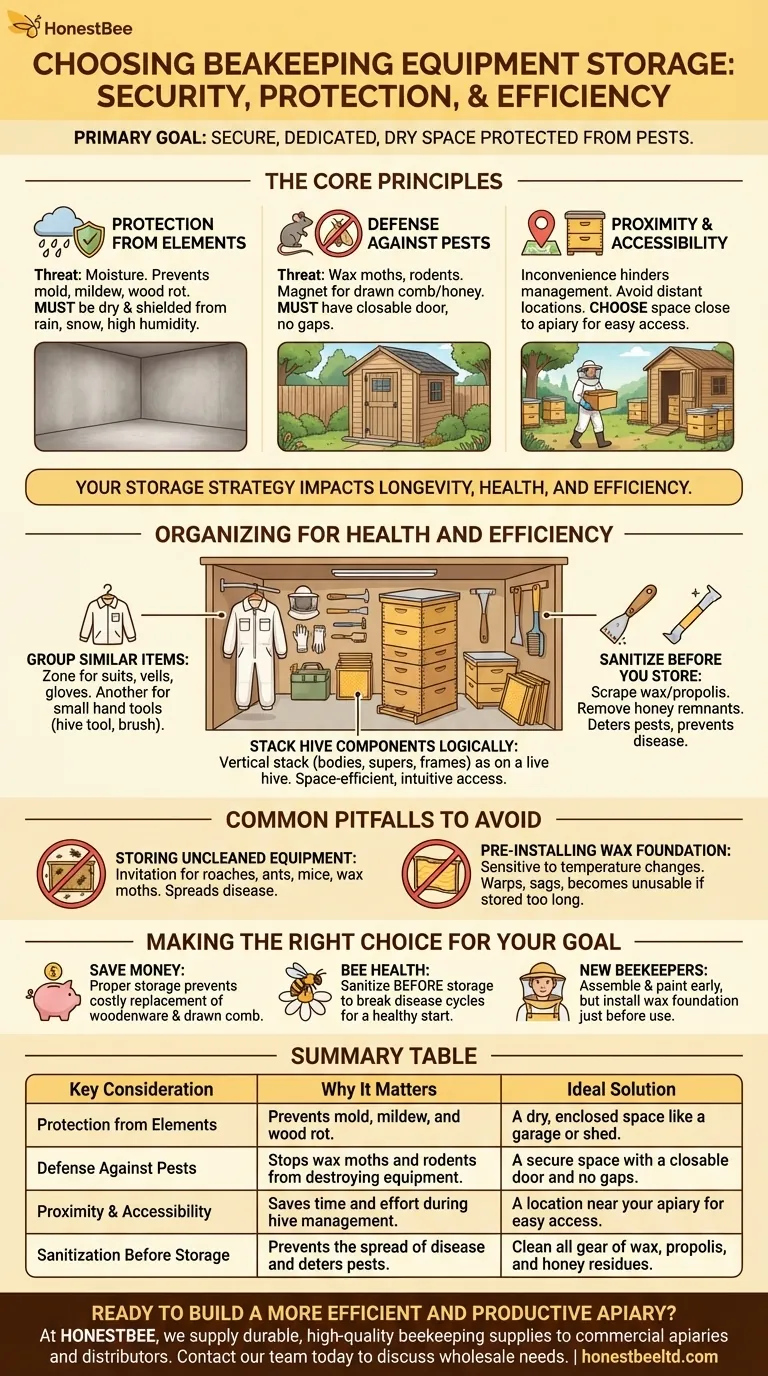
Related Products
- Wholesales Dadant Size Wooden Bee Hives for Beekeeping
- Premium Traditional Copper Bee Smoker with Bellows
- HONESTBEE Advanced Ergonomic Stainless Steel Hive Tool for Beekeeping
- Squeezable No-Drip Beehive-Shaped Honey Jars with Flip-Top Cap
- Automatic Honey Flow Beehive 4 Frame Mini Hive for Beekeeping
People Also Ask
- What types of products are available for beekeeping needs? Essential Equipment for Apiaries & Distributors
- What is the best place to keep bees? Find the Perfect Apiary Site for Your Hives
- What are the characteristics of oil-based paint for beehives? Durability vs. Modern Practicality
- What are the advantages of wooden bee hives? Superior Bee Health & Beekeeper Flexibility
- Why were wooden hives traditionally preferred? For Natural Beekeeping Aligned with Bee Biology

